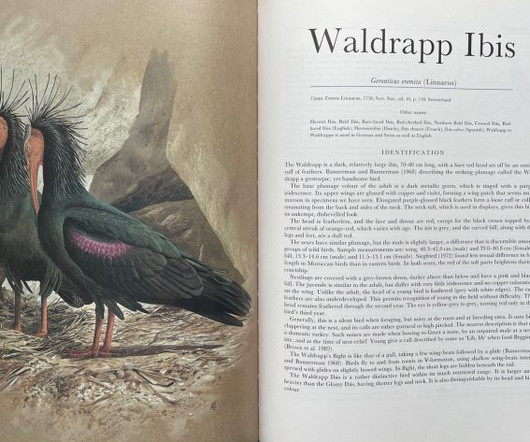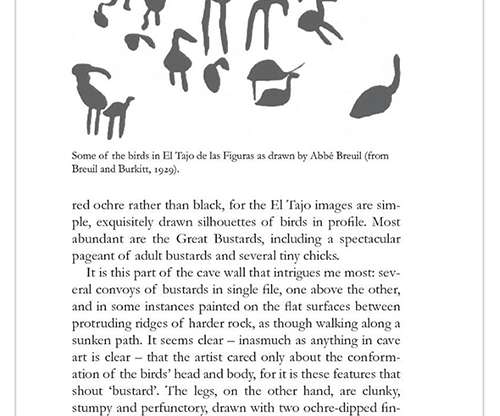The return of the Old Man
10,000 Birds
FEBRUARY 23, 2024
Storks, Ibises and Spoonbills of the World states that “disturbance by local people, tourists, and egg and zoo collectors has similarly reduced the colonies, and more protection is vital”. Despite the fact that efforts are made to ensure they are not imprinted on humans, they are naturally confiding, even friendly.











Let's personalize your content